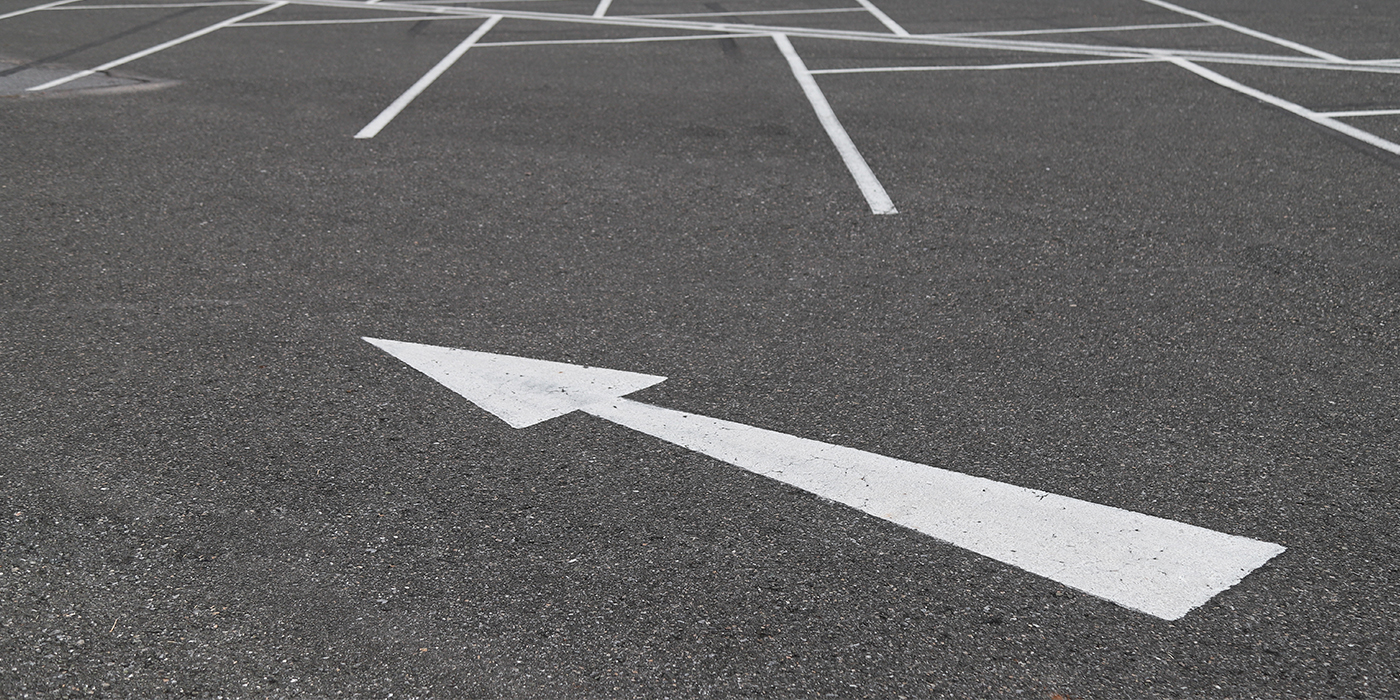
Whether in the carwashing or auto detailing business, car care professionals all use tools. It is nearly impossible to get through a work day without them. Tools are an investment. In carwashing, tools are used to make repairs or install equipment. In auto detailing, tools are needed to perform services, speed up processes or make things easier. Without these tools, operations would suffer or, worse, cease to exist.
Beyond the physical tools car care businesses have and use daily, how much thought is given to the tools used to train staff, standardize operations, improve efficiency, establish procedures, teach safety and define quality expectations? I would argue that these tools are just as important as the physical tools used every day — maybe even more so.
What tools am I referring to? If you look at any well-run business, systems are in place for managers and staff to guide them in day-to-day operations of the business. The tools can be as simple as a one-page checklist for opening a location in the morning to a two-inch binder filled with standard operating procedures covering everything from the opening procedures, to job descriptions, to handling damage claims, to disciplining employees and much, much more.
Like the physical tools we use, the operational tools we need are defined by the complexity of our businesses. Does a self-service carwash need the same tools as a high-volume tunnel carwash? While there will be obvious crossover, the tunnel is a more complex operation requiring tools the self-serve does not need. How about a two-man auto detail operation versus an auto detail operation with multiple locations, spread out over multiple states with 75 employees? Again, the operational tools will vary.
So how do car care facilities define what operational tools are needed? First, owners and operators must ask themselves, “What challenge are we trying to overcome?” Now, in some cases, a business may have multiple challenges that need “fixing.” When this happens, define the challenges and then prioritize them from most critical to least critical. From there, attack each one individually, providing the initial solution and then implementing that tool to address the problem area.
Problem solving
Most of my first 10 years in the car care industry were spent in the auto detailing business. I worked with a couple of companies that provided on-site management of auto detailing shops for automobile dealers. My fondness for systems grew out of two things: inconsistency and frustration.
The challenge of running multiple detail shops in three states quickly pushed us toward establishing systems to manage these businesses. The quality of work was always one of our biggest issues. When we were small and managing on-site, we had very little issues; but as we grew and were on-site, maybe once a week per location, consistency was a problem.
Problem: How do we ensure quality and consistency of our service whether we are there or not?
Solution: Establish written step-by-step procedures for how a vehicle is to be cleaned. Have a process in place for new cars and another for preowned vehicles. Train the managers in these procedures. Then, the managers train the staff. In addition, establish a quality control checklist for managers to use to check each and every vehicle upon completion. Hold managers accountable by:
- Obtaining feedback from dealership personnel
- Reviewing monthly internal customer feedback reports
- Reviewing monthly dealership Customer Service Index scores for the department
- Observing the staff following procedures when visiting locations.
While this is a specific example of a challenge that my business faced, it helps to illustrate the thought process many car care businesses will need to tackle their own challenges.
The keys to problem solving are:
- Define the problem
- Create the “initial” solution (collaboration with staff is essential)
- Define a way to manage accountability.
You will notice that on two occasions in this blog post I have mentioned to create the initial solution. This is done intentionally for a few reasons. First, once you have defined the problem, you want to work quickly to create a solution; do not get bogged down in creating the perfect solution. Take action and implement. Secondly, solutions are never permanent; processes evolve; customers’ expectations change; employees get frustrated; tools or equipment become obsolete or change. Any number of things can make your solution, “not permanent.” You must continuously evaluate what you have done and what you need to improve.
Improvement is never a destination; it is an ever-evolving process.
Systems and procedures
Dr. W. Edwards Deming, a world-renowned management consultant, was quoted as saying, “A bad system will beat a good person every time.”
If the systems or the lack of systems in place are causing a breakdown or failure in a business’ operations, then the problem is the system, not the people. Good people may occasionally be able to overcome a bad system or procedure, but the consistency a business is looking for will not be attainable.
Design systems and procedures that allow a team to be successful in their jobs. Don’t stop tweaking the systems or procedures until you get the success and consistency you are looking for. Once you have attained it, be sure to monitor it closely to ensure that success continues.
How do you define success? This will of course be different for every challenge a business faces and different for all kinds of operations. Implement a way of measuring the success of the systems or procedures.
For a detailing operation, it could be a checklist that is filled out by the manager after the car is complete and then reviewed with the customer. A score could be attached to it with a target number for a set period of time (daily, weekly, monthly, etc.).
The road to success
For a full-service carwash looking to increase online sales revenue or express detailing revenue, there are several ways to track the success of the sales process.
Express exterior carwashes, which are reliant upon volume and limited downtime, may want to implement an extensive preventative maintenance program. This can be managed daily, weekly and monthly. Success for a program such as this may take longer to pay dividends. However, preventing problems before they occur can and will save the wash from lost revenue.
Furthermore, checklists, procedures and systems are all tools that help people do their jobs. Just like any tool, they can be used incorrectly or not used at all. Staff must be trained on the importance of using these tools — “the why.” The way an owner/operator gets employees to understand “the why” is to include them in the process. When employees feel valued in helping develop the process, they will understand “the why” and the owner/operator will experience success in overcoming the challenges of the business.
John Moran is a 28-year veteran of the carwash and detailing industry. He has held the positions of site manager, general manager, multi-unit general manager, training consultant and vice president of operations. Moran can be reached by email at [email protected].














